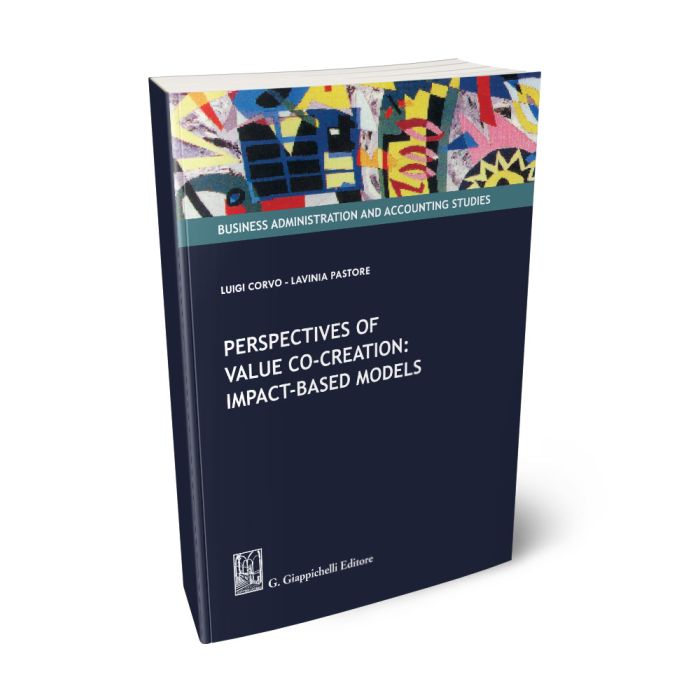This book is framed within the public management (henceforth, PM) field of studies and aims to investigate the most recent tools of partnerships or contracts between governments and other sectors - namely private, non-profit and finance, with a special focus on Social Impact Bonds (henceforth, SIBs)...
This book is framed within the public management (henceforth, PM) field of studies and aims to investigate the most recent tools of partnerships or contracts between governments and other sectors - namely private, non-profit and finance, with a special focus on Social Impact Bonds (henceforth, SIBs).
There is an ever-increasing scarcity of public resources that has been caused by the recent global economic crisis, which has resulted in a need for increased innovation in public relations between public bodies and private organizations. Public subsidies, public funding, specific projects and specific achievements have come from public-private partnerships (henceforth, PPPs) that are based on a level of performance achieved through payment by results techniques (henceforth, PbR).
The Organization for Economic Cooperation and Development (henceforth, the OECD) has written a report on ‘New investment approaches to meeting social and economic challenges’ (Wilson, 2014) where the topics of social investment and the impacts of such investment are addressed. These investments are viewed as the natural evolution of the relationship between finance and philanthropy, and a corresponding strategic reallocation of private resources. This reconfiguration presents the challenge of a hybrid market with unexplored potential involving financial intermediaries, local authorities, SMEs, large enterprises, non-profit organizations and civil society.
This book includes a reflection on the role that SIBs and other tools of outcome-based commissioning (henceforth, OBC) might have in forming the rationale for contemporary public sector interventions.
The aim of this research is to more fully explore certain aspects of the scenario described above, with an empirical focus on the Italian context. This book attempts to cover key issues connected to this new scenario, identifying the “what”, “who” and “how” of the evolution of the relationship between finance and philanthropy, focusing on a different issue in each chapter.











